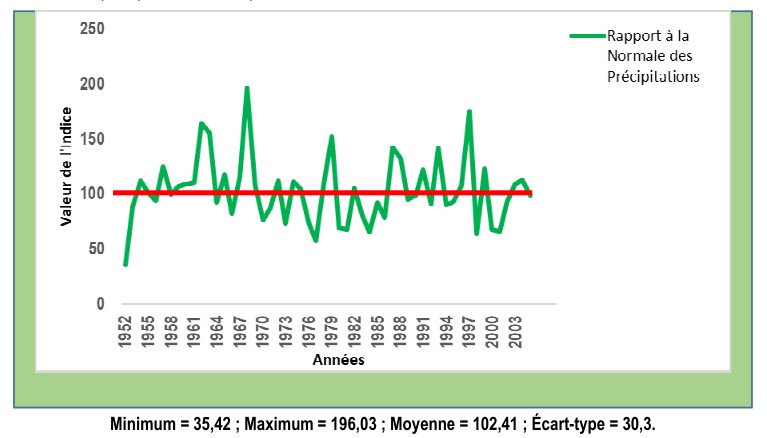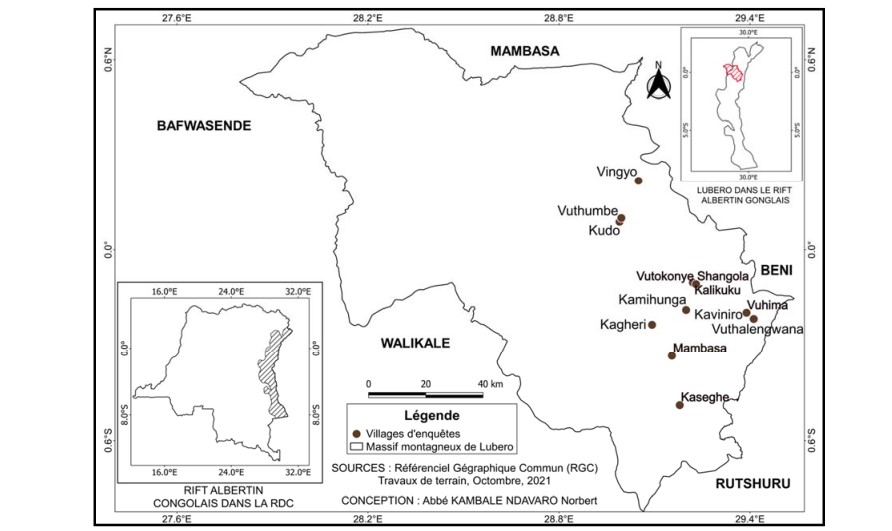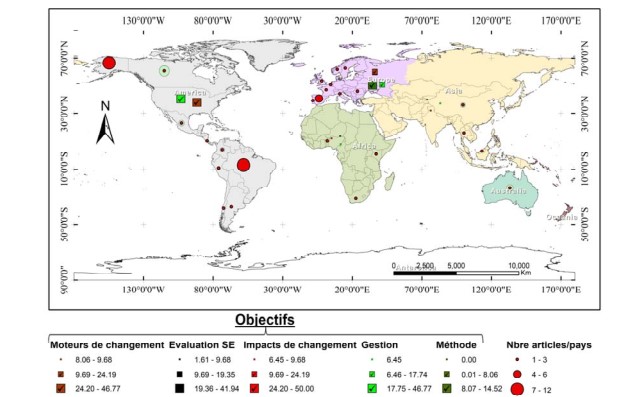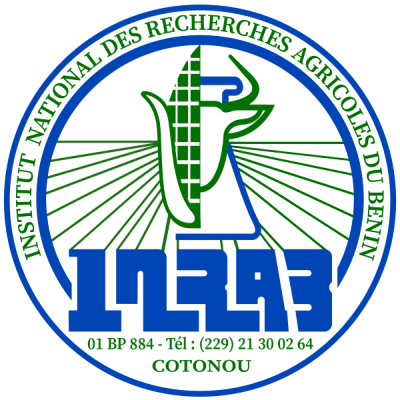Physico-chemical determinants of host attraction by Bemisia tabaci, a vector of phytopathogenic viruses in the tomato (Solanum lycopersicum): Literature review

The varied behaviour of the whitefly Bemisia tabaci in both bipartite (insect-plant) and tripartite (plantinsect-virus) interactions has been the subject of several studies. The objective achieved during the various works already carried out was the fully understanding of the propagation, the fertility and the lifespan of the whitefly in relation to the plant, virus, and environmental conditions. The literature review made it possible to identify the outlines of the physico-chemical determinants of host attraction by the whitefly in the case of tomatoes (Solanum lycopersicum). From about fifty explored articles, it is evident that the whitefly's choice of host plant is governed by the instinct to fulfil its survival needs, including feeding and oviposition. The whitefly's attraction to the host plant is regulated by visual and olfactory stimuli such as light wavelengths close to yellow and low quantities of organic compounds (terpenes).
Indeed, the absence of these compounds leads to a drastic reduction in the plant's defences. Another factor determining host choice is the type of trichomes. Abiotic conditions also influence the insect's behaviour towards the host plant. The effect of temperature and rainfall appears to be greater than that of relative humidity. Moreover, the risk of subsequent infestation is higher for a plant that has already been attacked, as the virus alters its physiology, making the plant more susceptible to a new attack by Bemisia tabaci. This review represents a source of information for tomato breeding programs aimed at the sustainable management of Bemisia tabaci, a bioaggressor.
Les articles publiés par le Bulletin de la Recherche Agronomique du Bénin sont en libre accès. Ils sont gratuits pour tout le monde, immédiatement téléchargeables dès la publication et distribués sous la licence CC BY-NC-ND (https://creativecommons.org/licenses/by-nc-nd/4.0/).











